Leading indicators of enduring family harmony
Interactions around money can predict the future of family relationships.
Key takeaways
-
- Seek alignment instead of agreement. Families are aligned when they feel they are generally going in the same direction or have a common purpose.
-
- Focus on creating peership in your family to build a collective group of people who can maintain their own individuality, while remaining connected to one another.
-
- When engaging family members in conversations, use questions to foster healthy and constructive dialogue.
-
- Use family storytelling to create closeness among family members and encourage everyone to offer their view of reality through honesty, caring, and openness.
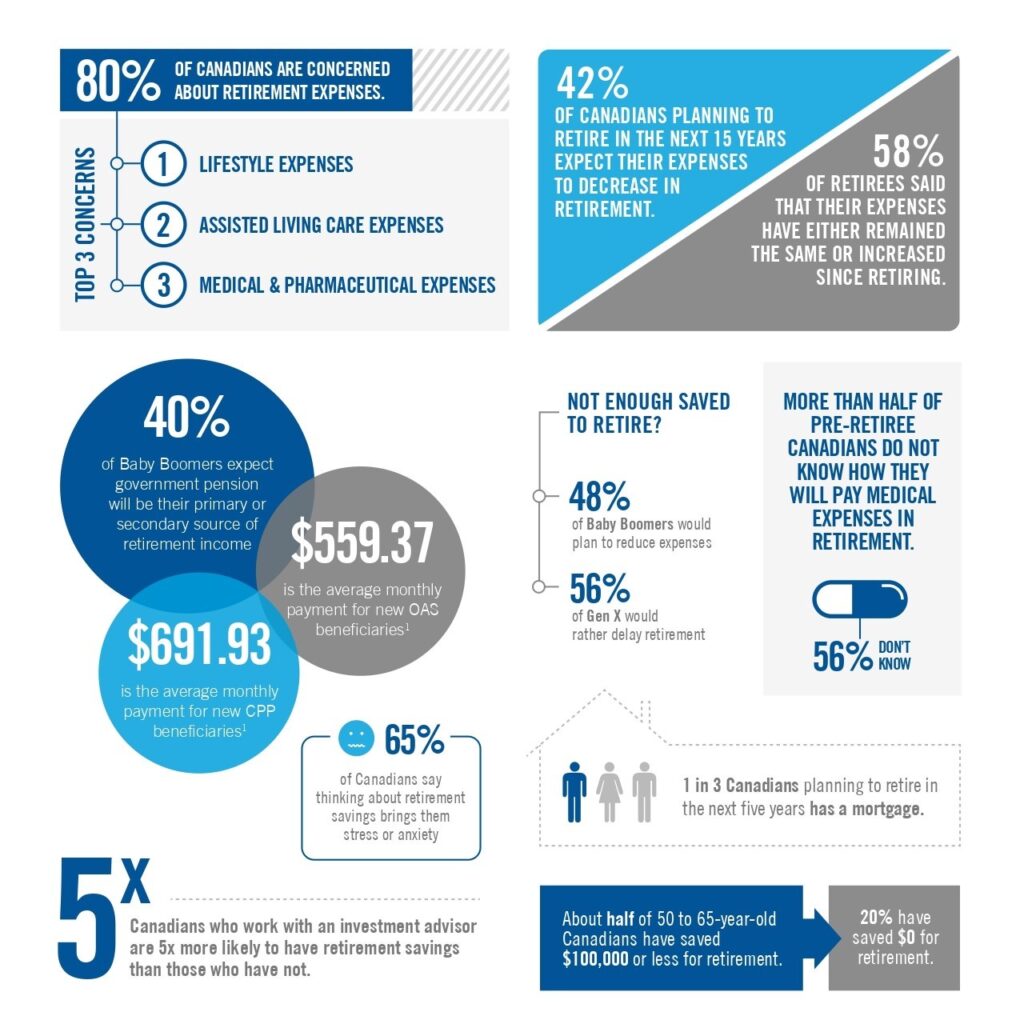
We live in a world of feedback. We wear technology that delivers a constant stream of data about our blood pressure and our sleep patterns. Our car dashboard tells us about our driving habits, and we rely on apps for directions, restaurant ratings, bank transactions, and even real-time approval from our friends on social media.
This moment-to-moment flow in information helps us gauge how things are going in different parts of our lives. We receive vital signs for health, warning systems for safety, and directional tools for navigation. In each case, we are receiving leading indicators of longer term outcomes.
However, there are essential areas of our life for which we do not have ready access to quantitative feedback. There is no Fitbit® for relationships, for example. Instead, we are left to our own devices and we accept after-the-fact outcomes or lagging indicators as our only option for determining how we are doing. We obviously hope for positive outcomes like love, intimacy, closeness, and open communication, but, in reality, we often experience negative ones, such as anger, resentment, entitlement, rivalry, judgment, and even dissolution of a relationship.
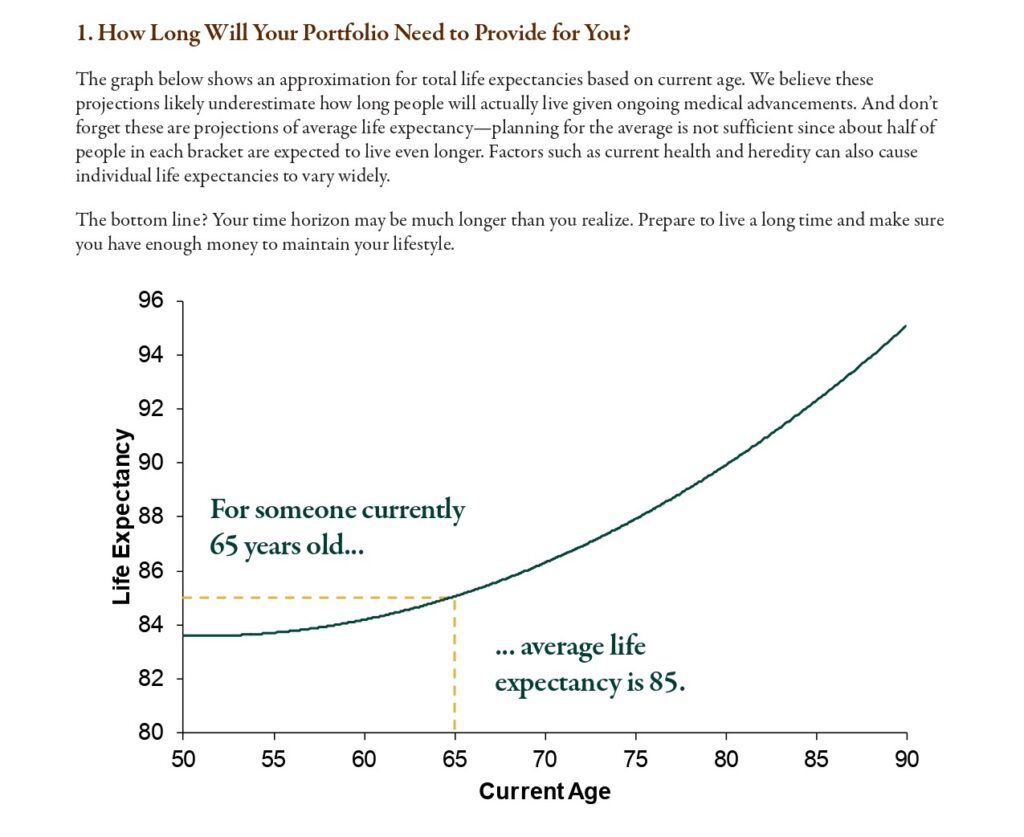
The good news is you don’t have to settle for lagging indicators in your family relationships; you can actually look for leading indicators. The most important and accessible places to watch are the family conversations about money (“What is it and how do I get it?”), wealth (“What does it mean to be wealthy, and whose wealth is it?”), and estate planning (“Where is the money going and who decides?”). More specifically, watch how these family conversations change as the parent-child relationship moves through the stages of life.
The following 5 leading indicators– the family collective, family dialogue, family
alignment, life events, and the family story– and their corresponding reflective
questions and application to the parent-child relationship will help you be alert to changes.
The family collective: Creating shared identity
In families, there are individuals as well as a collective. We each have our own thoughts, desires, and wishes, and we’re also part of a larger group with its own collective beliefs, expectations, and loyalties. The central theme in family development is learning how to be both a “me” and an “us.” The family collective is a group of people who can develop and maintain their own individuality, while also remaining connected to one another.
A shared identity is created when there is a “healthy tension” between the individual and the collective. Developing this healthy tension requires a shift in the parent-child relationship through time from a hierarchy to a place where parent and child treateach other with a sense of mutuality, and honor the individual without factoring in age, gender, or family roles. We call that peership.
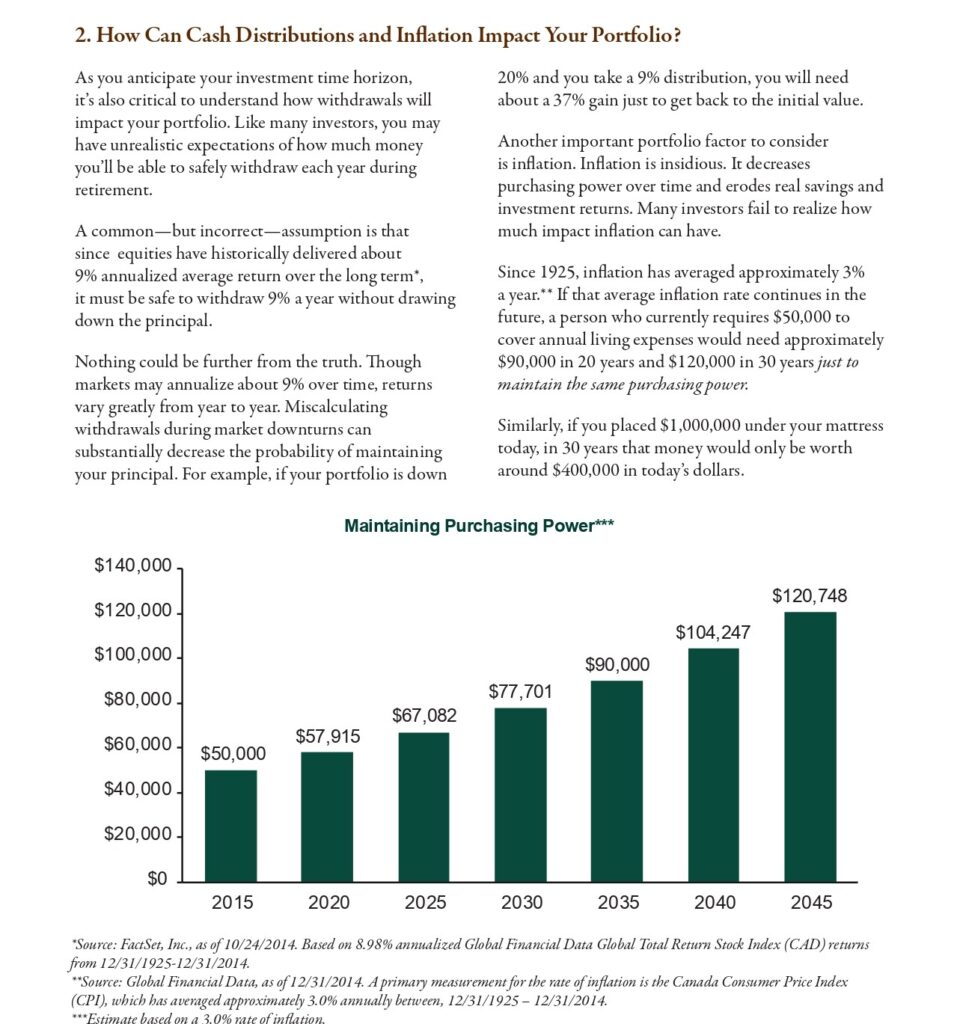
To determine if these peer relationships exist, consider whether your family has moved beyond parental hierarchies and strong role definitions that everyone must follow. Also ask if children are given more “voice” in the family through different life stages, or if there is always the presence of a dominant parental voice. For example, a couple gives their son a voice in the “budget” he will receive for college. The son then asks if he can keep the money if he is under budget. This is a peership exchange.
We navigate this tension between the individual and the collective throughout our lives, and money, wealth, and estate planning conversations are opportunities for us to embrace that tension. A college-aged equestrian wants to buy her own horse, but her parents don’t take her commitment seriously; a couple who wants to help their newlywed son and daughter-in-law “get started” in their life together consider how much to give, and whether the gesture will be well received; a husband and wife wonder whether they should talk to their children about how much money goes to them and how much goes to philanthropic causes. How the individual and collective engage in these scenarios can provide leading indicators for the health and harmony of the family.
Family dialogue: Creating shared meaning
The ability to dialogue is another leading indicator in healthy family relationships. Dialogue isn’t just talking; it literally means “talking through.” Dialogue is not the same as trying to seek consensus. Individuals are not trying to agree they are thinking out loud together in a meaningful way. A family dialogue involves the ability to talk through a subject from beginning to end with everyone having input; in a dialogue, individuals suspend judgment, engage respectfully, ask questions, and allow something new to emerge.
Consider this negative example: During a family meeting, 2 parents and their 4 adult children don’t make much headway in discussing their philanthropic goals. The
children debate their interests and current projects, and Dad becomes frustrated because he’s already established the family’s direction and simply wants the kids to carry it forward. Opinions are volleyed back and forth and no participant actually feels heard by the others.
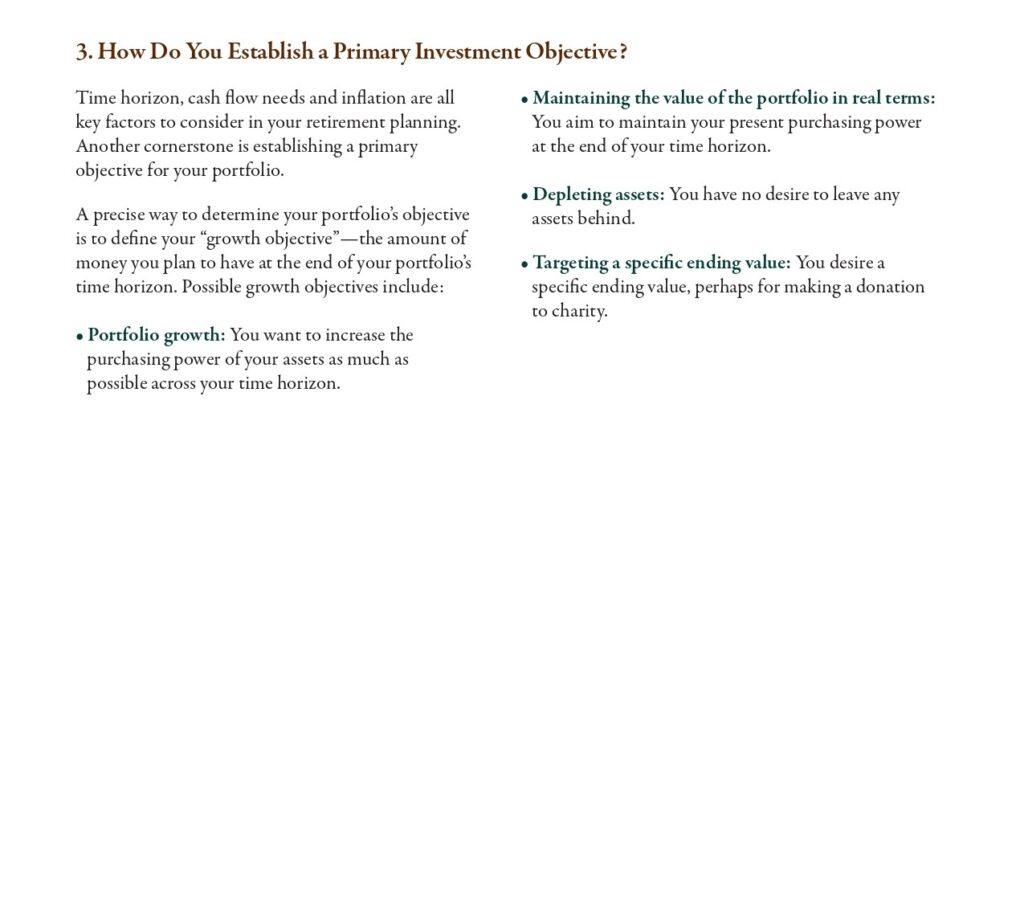
Families who struggle with dialogue tend to have individuals with strong opinions who want to ensure that their own opinion wins the day. But, because the goal of dialogue is to create shared meaning, trying to win with opinions destroys dialogue and breaks down the healthy tension between the individual and the collective. The family in the example above didn’t follow the practices of dialogue. As a result, they were unable to create shared philanthropic goals that would bring new meaning to the family.
Money, wealth, and estate planning topics are some of the most difficult to move from a parent-child hierarchy to dialogue. A son asks his father, who also is his trustee, for permission to use the trust money from his grandmother to buy a new house. This question offers a great opportunity for dialogue: The father can ask questions both as a parent and as a trustee, such as whose money it is, what the grandmother’s intention was in creating the trust, whether the son will still need to consider “what he can afford,” and what his son’s other life goals and interests are Families who turn important life questions and topics into a dialogue in which they create shared meaning will enrich their relationships with each other.
Family alignment: Creating shared purpose
Families are aligned when they feel they are generally going in the same direction or have a common purpose. Alignment is not the same as agreement, however. In fact, family members don’t need to agree on the specifics to be aligned. Believing that you always have to debate and agree on every detail can actually keep you from getting aligned on a higher level.
Families who struggle with alignment tend to want things to be black or white. They can “require” agreement as a sign of family loyalty and often have an enduring parent-child hierarchy around agreement.
A successful father sees himself as a generous person who wants to share his hard- earned wealth with his children and grandchildren. The problem is, in order for them to receive the money, he expects everyone to agree with him on all his “money views.” The father concludes the family is aligned, but the truth is that his family members simply don’t feel free to disagree with him. Because there is no peership or ability to dialogue beyond agreement, he is missing the opportunity to know what alignment might look like in his family planning.
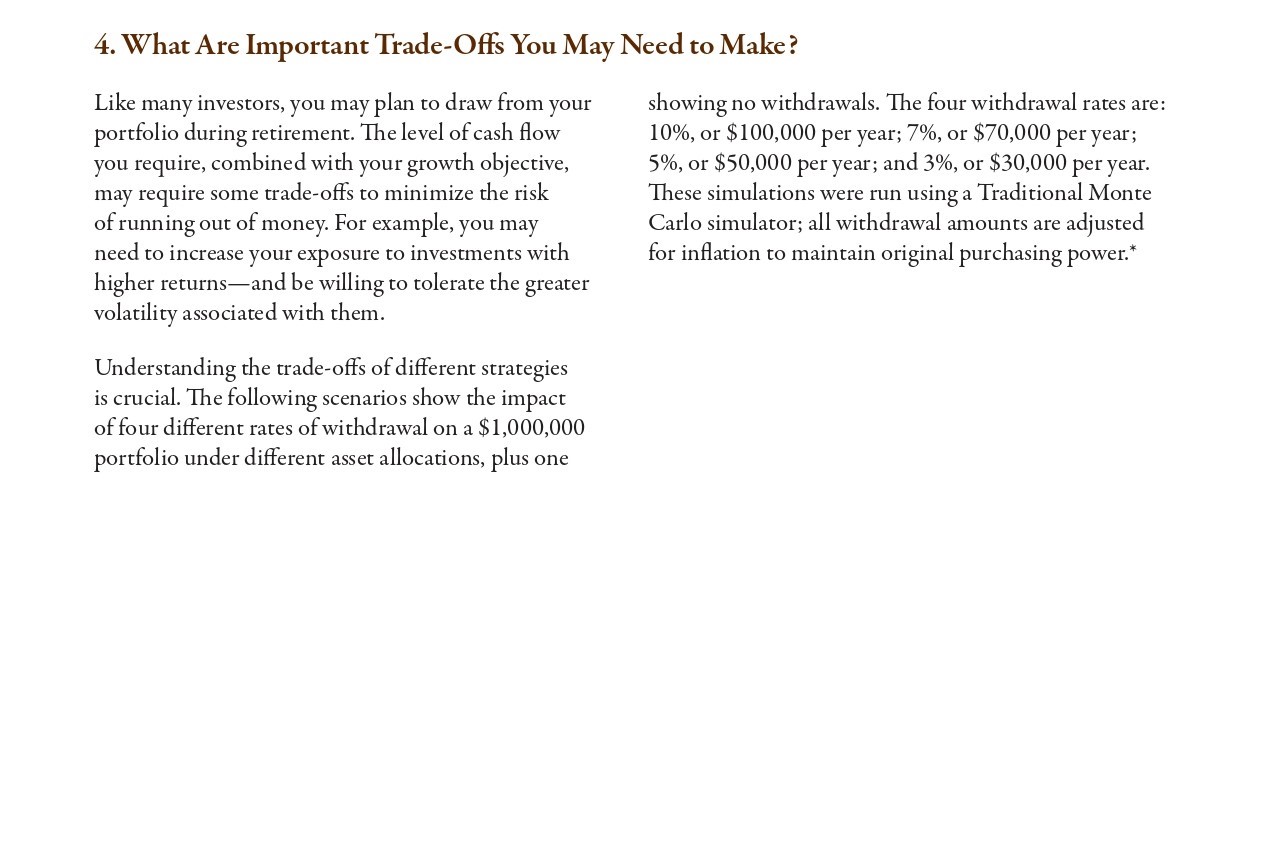
A daughter and her parents, on the other hand, take a different tack when they sit down to discuss a prenuptial agreement. They begin by discussing each person’s views for its purpose, with the parents offering their view of wealth and disclosing the wealth that would be affected by the prenuptial. The daughter describes her view of how inherited wealth might affect her upcoming marriage, and shares her values around money and inheritance. This approach allows family members to find alignment around important personal concerns and discuss a whole new stage of life for everyone.
Understanding and focusing on alignment versus who agrees with whom can significantly change the practices and culture of a family. As a leading indicator, alignment reflects whether family members can step away from their personal interests to discuss money, wealth, and estate planning subjects in a way that aligns the greater interests and the direction of the family collective.
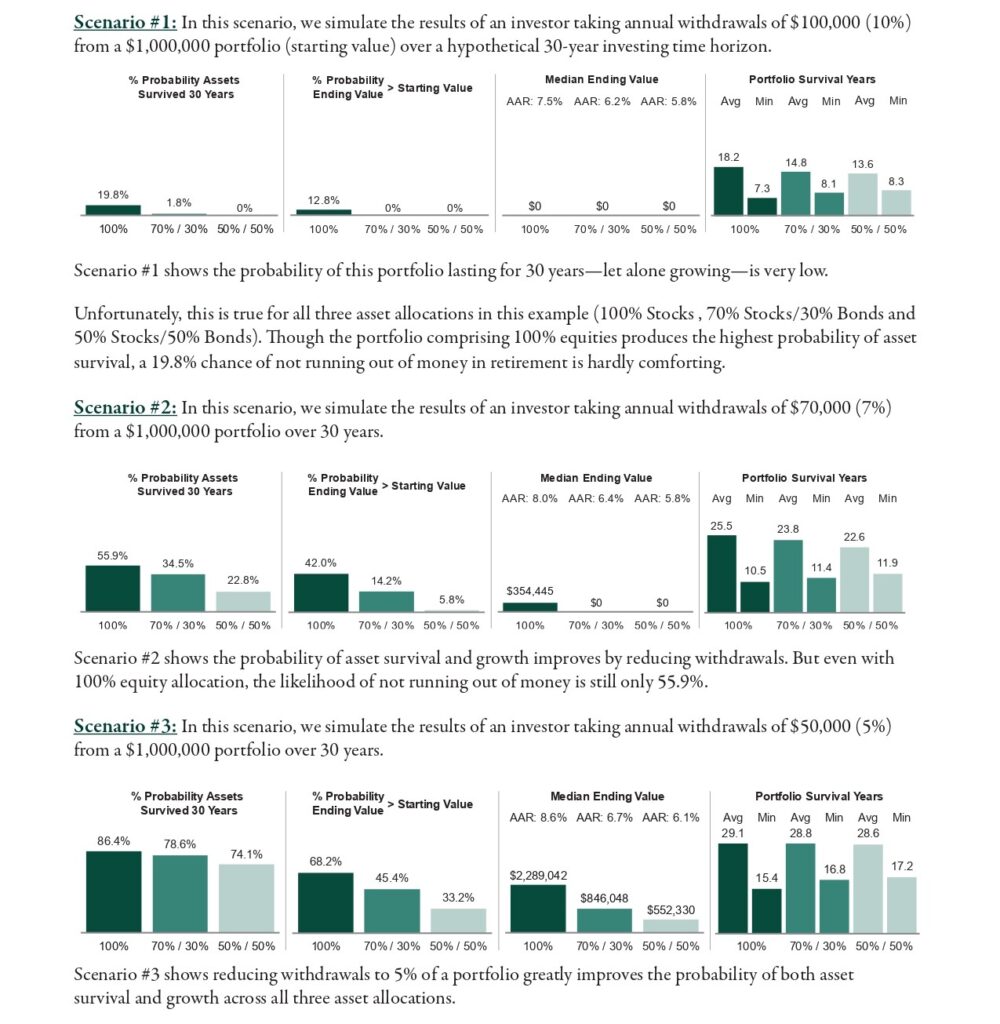
Life events: Creating shared purpose
How families engage conversationally and emotionally around life events is a leading indicator of intimacy and, ultimately, harmony in the family. Each life event provides a door to explore deeper meaning and create connections within the family. And many life events have some money, wealth, and estate planning topics intertwined.
Missing life events often happens for 2 reasons: First, the pace of life is so quick that events are already part of the past before we can even think to engage in them. A son is out of college, in the workforce, and trying to buy his first house before his parents have discussed and understood his career and financial choices. When they finally realize where he is, perhaps because he’s asking for advice or assistance, they slip into parent mode: “There is no way you can afford that!” or “You should have thought of that when you decided to be a musician!” rather than exploring his decisions as peers.
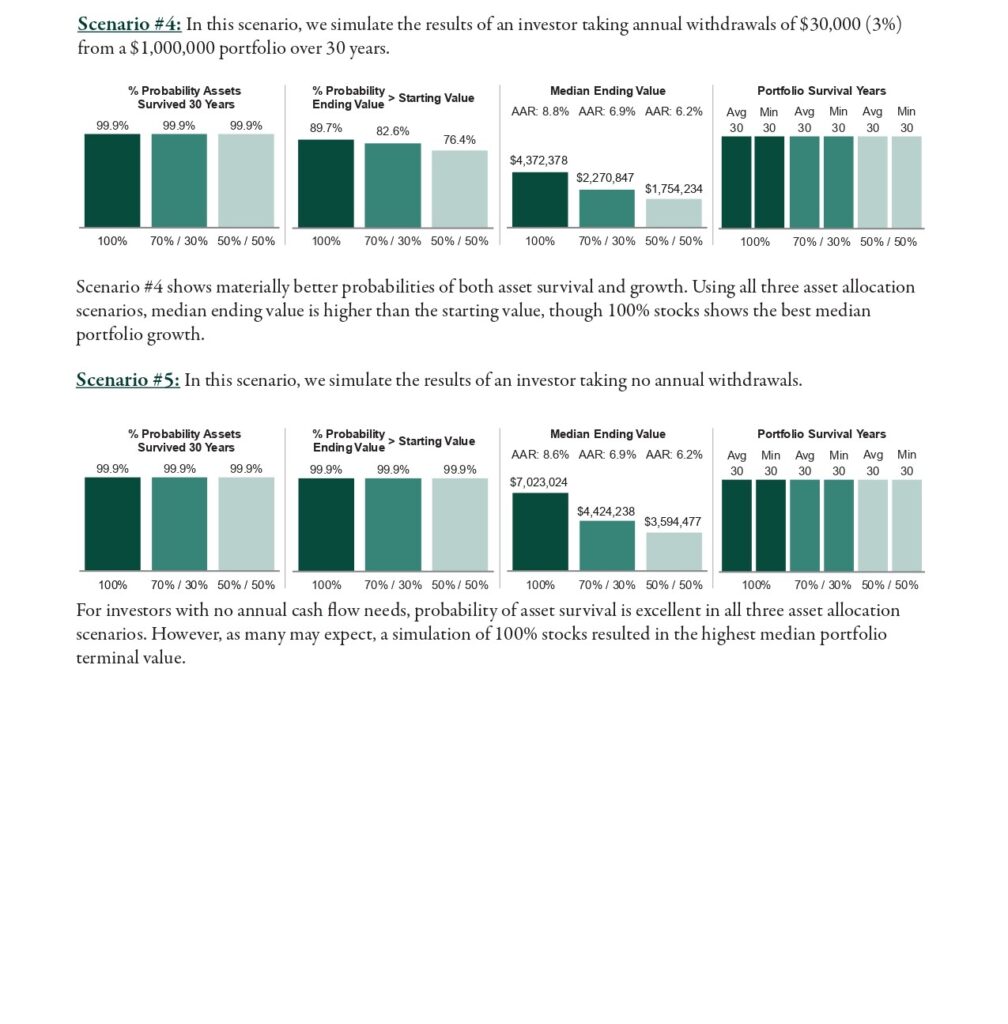
The second reason life events are missed is that families are often unpracticed invor fear the deeper intimacy associated with these occasions. As a result, they engage only with the surface-level aspects. For instance, a young woman has fallen in love and wants to get married quickly. Rather than exploring their daughter’s new love in conversations and getting to know her future partner, Mom jumps to the difficulty of planning a wedding at short notice and Dad calls his attorney to draft a prenuptial agreement because he doesn’t know his daughter’s fiancé.
There has been plenty written by and for parents about the guilt and lost opportunity associated with missed life moments, but not often in the context of money, wealth, and estate planning. The fact is that life events, precisely because they are so often loaded with money, wealth, and estate planning interests, are the most natural doors to these sometimes hard-to-broach topics. Teenagers getting their first job, deciding who pays for college, graduating, getting married, buying a first home, the birth of grandchildren, sickness, aging, and death all provide natural financial learning opportunities for families. Meaningful conversational engagement around life events is an important leading indicator of overall family health and harmony.
The family story: Creating shared understanding
Every family has a story, which, in turn, is composed of many different stories. Family stories are about both individual lives and collective experience. As such, they embody development and growth, describe how family members make sense of events and relationships, and illuminate both the health and drama of family dynamics.
While often overlooked, family stories also inform views around money, wealth, and estate planning, providing an important leading indicator of family health across generations on these topics. A grandfather shares the story of how he earned his first dollar; kids talk about their first lemonade stand; a millennial wrestles with his connection to the family farm; 2 sisters discuss the meaning of family heirlooms as they settle their parents’ estate; a mother shares how her father’s struggle with Alzheimer’s has inspired her passion for supporting medical research. When families tell these stories, the stories themselves become a vehicle for family members to practice peership.
In some families, it may not feel enjoyable or even safe to tell stories, especially stories about money, wealth, and estate planning. Entitlement, greed, possession fights, inequality, lack of transparency, painful surprises, sibling rivalry, severed relationships, and being cut out of wills can create too much fear and pain for family members to engage.
By comparison, integrated stories offer honest reflections and tell the “whole” story triumphs and failures, good and bad, pain and healing which gives everyone space to tell their own part of the story and create a shared understanding of their experiences as a family. Integrated stories allow people to grow and change, and don’t force them to hide parts of themselves or be pigeonholed by negative attributions and caricatures. In healthy families, even when the stories are painful, storytelling creates closeness, because family members are encouraged through honesty, caring, and openness to offer their view of reality.
By surfacing and connecting to their family story, family members can influence the course of their narrative. Instead of individuals being pawns in their own family story, together, the collective can write the future story and ending they all desire, and in turn strengthen their family relationships.
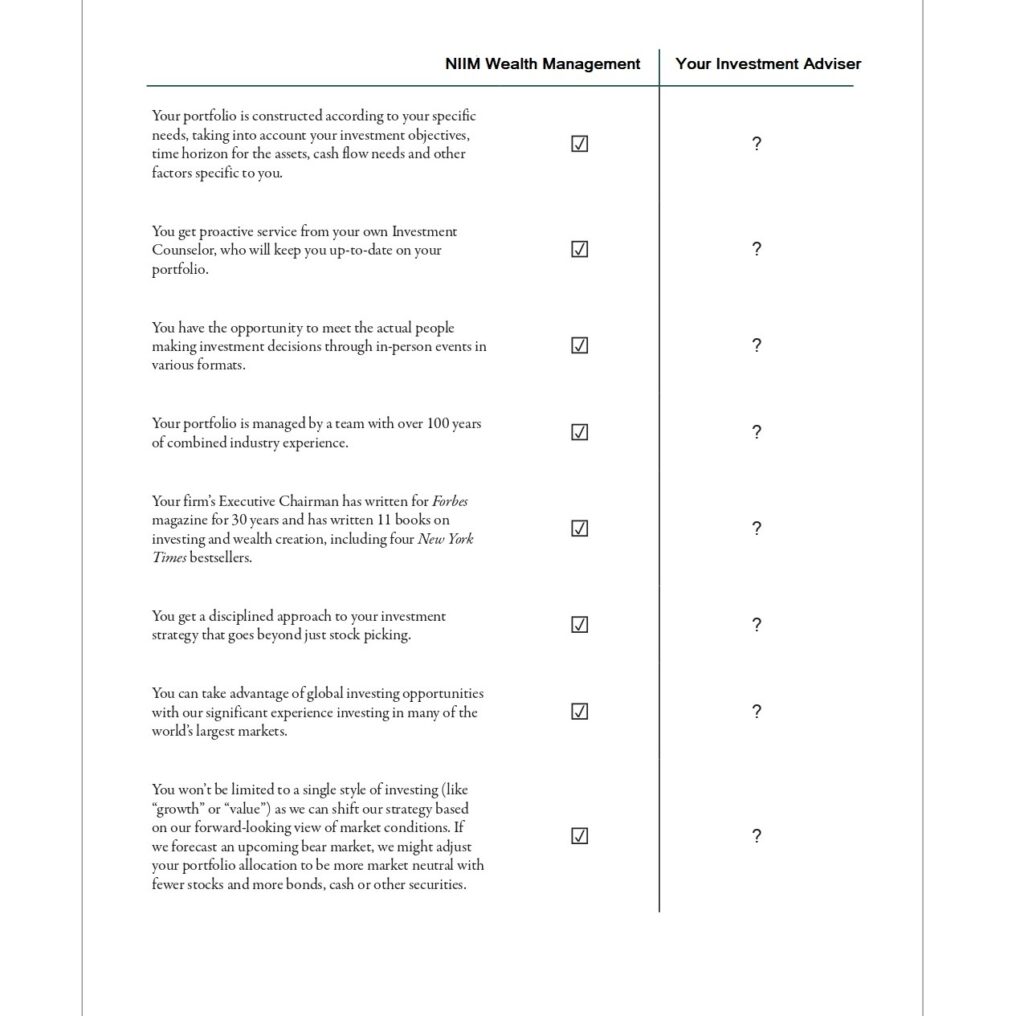
Maintaining family harmony into the future
Just as Fitbits can motivate and track ongoing efforts to help you achieve physical well-being, these 5 leading indicators can inspire the first steps you and your family take on the path toward a more reflective relationship. You may at first feel overwhelmed by all the “data” your reflection generates, but remember as with all feedback mechanisms and change efforts– you should start slow.
The goal is not to change family members, but instead to invite them to join you in reflective practices so you can collectively and ever so slightly, change your family’s trajectory into the future. By working with your financial advisor to identify and embrace the leading indicators in your own relationships, you can reach one of life’s most elusive yet rewarding destinations: enduring family harmony.
For more information please Contact us.

